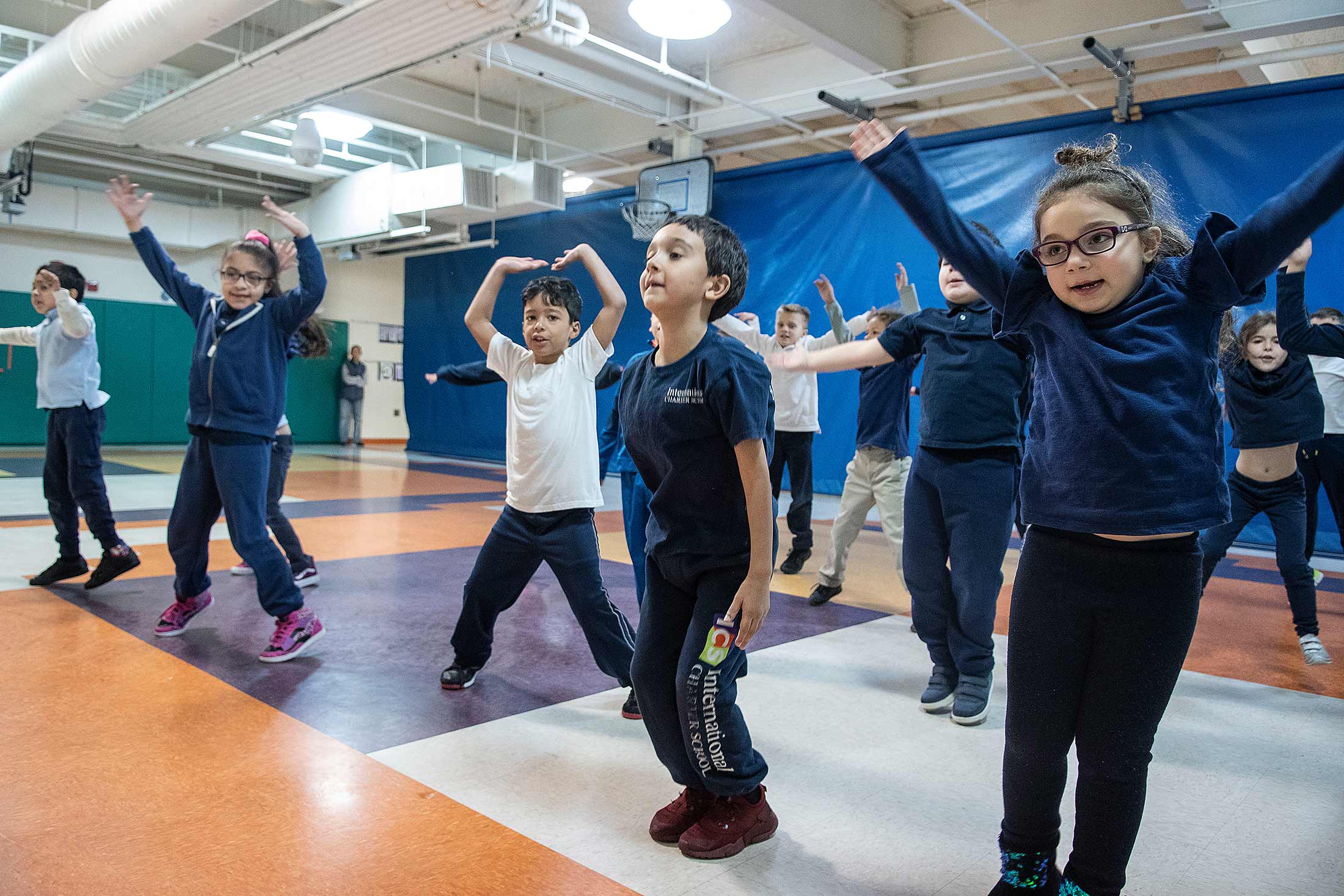Introduction: The Heartbeat of Holistic Education
Physical Education (PE) has evolved from traditional gym classes to a comprehensive approach that emphasizes overall wellness. It’s no longer just about running laps; it’s about nurturing the mind, body, and spirit. This article delves into the transformative power of modern Physical Education and its role in fostering holistic wellness.
The New Age PE: More than Just Sports
Today’s PE classes are a blend of physical activities, mental exercises, and lessons on nutrition, health, and well-being. They aim to:
- Boost Physical Health: Enhance cardiovascular health, muscle strength, flexibility, and overall fitness.
- Promote Mental Well-being: Reduce stress, anxiety, and depression through physical activity.
- Instill Lifelong Fitness Habits: Encourage a love for movement that extends beyond school years.
The Wellness Wheel: A Holistic Approach
Physical education now encompasses various aspects of wellness:
- Emotional: Understanding and managing emotions.
- Intellectual: Encouraging critical thinking and active learning.
- Physical: Recognizing the need for physical activity, diet, sleep, and regular medical check-ups.
- Social: Developing interpersonal skills and building healthy relationships.
- Spiritual: Seeking meaning and purpose in human existence.
Incorporating Technology in PE
With the rise of wearable tech, apps, and virtual reality, technology has found its way into PE classes. From tracking steps, monitoring heart rates, to virtual yoga sessions, technology is revolutionizing the way we approach physical fitness.
The Ripple Effects of a Robust PE Program
- Academic Excellence: Regular physical activity has been linked to improved concentration, memory, and cognitive abilities.
- Character Building: Sports and team activities teach values like discipline, teamwork, and perseverance.
- Improved Social Skills: Group activities foster communication, cooperation, and leadership skills.
Challenges and the Way Forward
While the importance of PE is undeniable, many schools face challenges like inadequate infrastructure, lack of trained educators, and diminishing time slots in packed academic schedules. Addressing these challenges requires:
- Investment in Infrastructure: Building sports facilities and providing necessary equipment.
- Training Educators: Regular workshops to train teachers in the latest PE methodologies.
- Incorporating PE in Daily Routines: Instead of weekly classes, short daily sessions can be more effective.
Spotlight: Schools Leading the Way
Schools worldwide are redefining PE. For instance, a school in Norway incorporates skiing lessons in its curriculum, while a school in Japan starts each day with a 10-minute group exercise to invigorate students.
Parents: The Unsung Heroes in Promoting Physical Wellness
Parents play a pivotal role in reinforcing the importance of physical activity. Weekend family hikes, cycling sessions, or simply playing catch in the backyard can go a long way in emphasizing the importance of staying active.
Conclusion: The Future is Active
Physical Education & Wellness is not a supplementary part of education but a cornerstone. As we move towards an increasingly sedentary lifestyle, the emphasis on PE becomes even more critical. Schools, educators, and parents must come together to ensure that the future generation is not just academically sound but also physically robust and mentally resilient.


